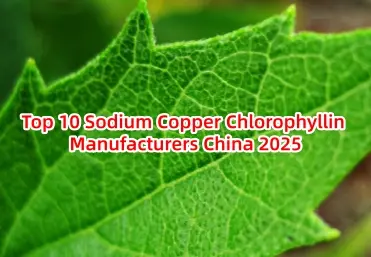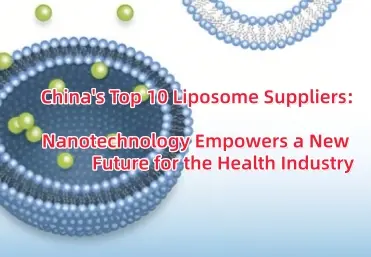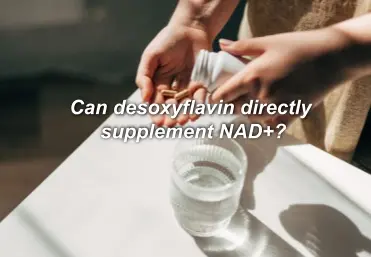Ergothioneine is predominantly synthesized by microorganisms, including fungi, bacteria, and cyanobacteria. Its biosynthesis pathway involves the condensation of L-histidine and L-cysteine, catalyzed by specific enzymes such as EgtB and EgtA . For example:
- Fungi: Mushrooms, particularly Pleurotus species (e.g., oyster mushrooms, king oyster mushrooms), Lentinula edodes (shiitake), and Boletus edulis (porcini), are rich sources of ergothioneine. These fungi accumulate EGT in their fruiting bodies, with concentrations reaching up to 40 times higher than other foods .
- Bacteria: Actinomycetes and mycobacteria produce EGT as part of their stress response mechanism. For instance, Mycobacterium tuberculosis uses EGT to combat oxidative stress within host macrophages .
- Cyanobacteria: Certain cyanobacteria, such as Synechocystis sp., synthesize EGT to protect against UV radiation and environmental stressors.
- Mushrooms: Golden Oyster mushrooms (2.2–3.94 mg/g dry weight), shiitake (1.2–2.5 mg/g), and porcini (up to 7.27 mg/g) are the most abundant dietary sources .
- Grains and Legumes: Oats, barley, black beans, and kidney beans contain moderate levels of EGT (0.1–0.5 mg/g).
- Animal Products: Organ meats (liver, kidney) and red meat provide EGT derived from microbial synthesis in animal feed.
- Fermented Foods: Certain fermented products, such as tempeh and miso, may contain trace amounts of EGT from microbial activity
Ergothioneine scavenges reactive oxygen species (ROS) and reactive nitrogen species (RNS), including hydroxyl radicals (·OH) and peroxynitrite (ONOO⁻), with higher efficiency than glutathione and vitamin E. It also inhibits pro-inflammatory cytokines like TNF-α and IL-6.
Ergothioneine accumulates in mitochondria, where it protects mitochondrial DNA (mtDNA) from oxidative damage and enhances ATP production. Studies in mice showed a 21% increase in lifespan and reduced age-related mitochondrial dysfunction .
EGT crosses the blood-brain barrier and protects neurons from oxidative stress, potentially slowing the progression of Alzheimer's and Parkinson's diseases .
EGT supports immune cell function by enhancing macrophage phagocytosis and T-cell activation.
- Dietary Supplements: GRAS-approved EGT powders for anti-aging and mitochondrial support.
- Cosmetics: Topical formulations for UV protection and skin rejuvenation (e.g., Estée Lauder's Advanced Night Repair).
- Pharmaceuticals: Clinical trials for neurodegenerative diseases and cardiovascular protection.
For high-quality natural ergothioneine powder, contact Xi'an Sost Biotech, a leading manufacturer specializing in microbial fermentation and purification technologies. Their products include:
- Food Grade Ergothioneine powder: Ideal for dietary supplements and functional foods.
- Cosmetic Grade Ergothioneine powder: Used in anti-aging creams and sunscreens.
Contact Information:

 Food Additives
Food Additives









